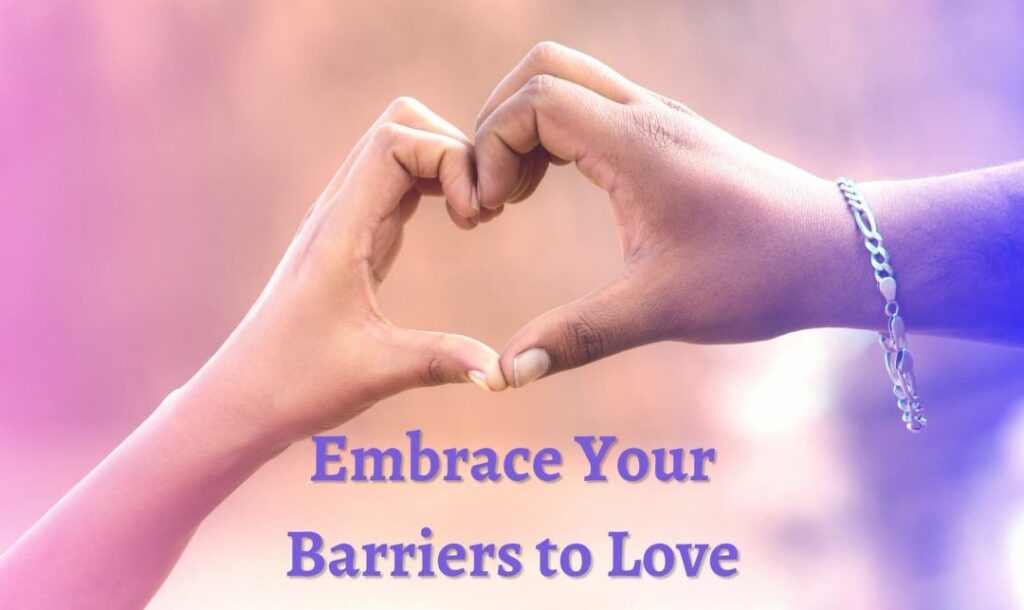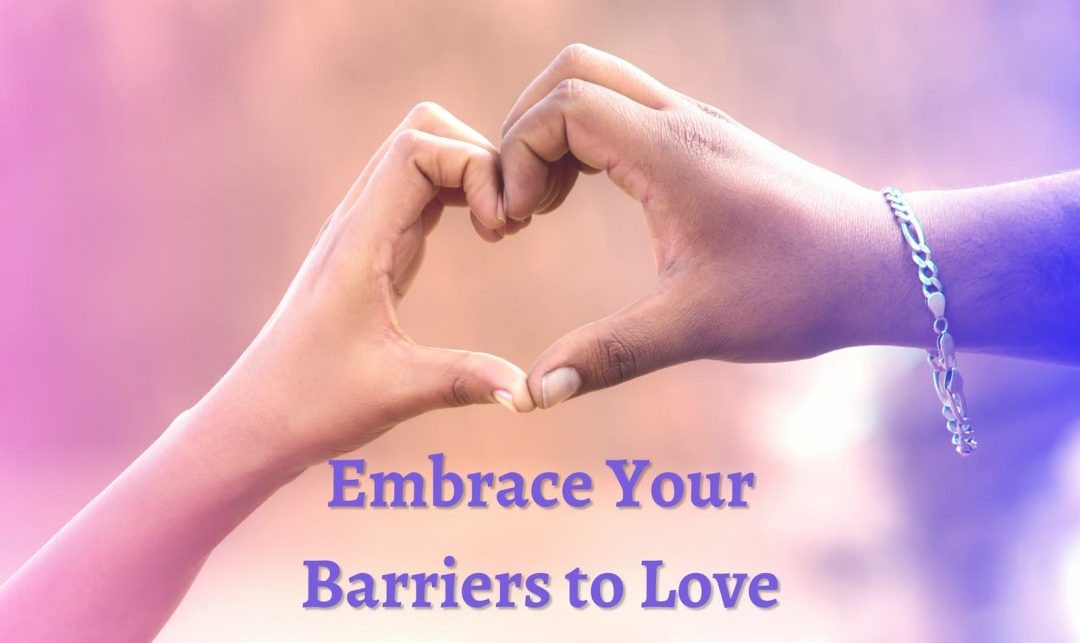The Challenges That Shape Connection
 Love and Barriers
Love and Barriers
Love is a force that binds us, transcending the boundaries of time, culture, and circumstance. It’s a universal experience, weaving through romantic relationships, family bonds, and friendships. However, love doesn’t exist in a vacuum—many barriers can challenge and test our capacity to love and be loved. Understanding these obstacles is essential to growing stronger in love and deepening our connections with others.
Common Barriers in Love
Love encounters barriers in many forms, both internal and external. These challenges test resilience, understanding, and commitment, making overcoming them a vital part of nurturing meaningful relationships.
Communication Barriers Poor
communication is one of the most common hurdles in any relationship. Misunderstandings, assumptions, and unspoken expectations can lead to conflict and disappointment. When people assume that their loved one should “just know” what they’re thinking or feeling, it can create emotional distance and misunderstandings. Consistent and open communication is the bedrock of any strong relationship, allowing people to feel understood, valued, and closer.
Emotional Barriers
Emotional walls are often built from past hurts, insecurities, or fear of vulnerability. These barriers can prevent love from truly flourishing, as they keep others at arm’s length. For someone who has been hurt before, it may be difficult to open up again or fully trust someone new. Over time, unresolved emotional issues can make love feel challenging or even impossible, leaving both people in the relationship feeling disconnected or unfulfilled.
Cultural and Societal BarriersCultural, religious, or societal differences can create external pressures that affect relationships. Family expectations, social norms, or religious beliefs may conflict with the dynamics of the relationship, creating tension and misunderstandings. These barriers are deeply ingrained and may require both partners to approach differences with empathy, respect, and a willingness to understand each other’s backgrounds and values.
Distance and Time Distance
whether physical or emotional—presents a unique set of challenges. Long-distance relationships require extra dedication to bridge the physical gap, while differences in schedules or priorities can create emotional distance. Though technology makes it easier to stay connected across miles, the lack of physical presence requires more intentional effort to maintain intimacy.
Personal Growth and Change People grow and change over time, and sometimes personal development creates a barrier in relationships. When two people evolve in different ways or at different rates, it can be difficult to stay aligned on dreams, goals, or values. The key to overcoming this challenge lies in embracing change together, supporting each other’s growth, and finding ways to stay connected, even as personal goals shift.
Overcoming Barriers in Love
Barriers in love aren’t always a signal that something is wrong. In fact, these challenges can be opportunities for growth. Here’s how to navigate the common barriers in love:
Foster Open Communication Clear and honest communication is the best defense against misunderstanding. Practicing active listening and speaking openly about feelings and concerns helps prevent misinterpretations and builds trust. Healthy communication creates a foundation where both people feel valued and understood, making it easier to navigate difficulties.
Practice Vulnerability and Empathy
Emotional barriers often require trust and patience to break down. Creating a safe space where both partners feel free to share their innermost fears, insecurities, and dreams fosters intimacy and builds resilience. It’s a process that requires mutual support and reassurance, helping both partners feel more secure in their connection.
Respect and Embrace Differences
When cultural or societal barriers arise, it’s essential to approach them with respect and a willingness to learn. Instead of viewing differences as obstacles, try to see them as opportunities to grow and enrich the relationship. Open discussions about each person’s beliefs, traditions, and values can create mutual understanding and respect, bridging divides.
Stay Connected Across Distances
For long-distance relationships, creativity and commitment are crucial. Regular communication through video calls, messaging, and shared experiences, even virtually, helps bridge the physical gap. Setting shared goals, like planning visits or future relocation, provides hope and motivation to endure the challenges that distance brings.
Grow Together Through Change Growth in a relationship doesn’t mean giving up individuality but embracing each other’s evolution. Regular check-ins to discuss personal goals, dreams, and aspirations help ensure that both partners feel aligned. Supporting each other’s growth, rather than feeling threatened by it, allows love to deepen even as life changes.
Conclusions
Love is a journey, and barriers are part of the landscape. They challenge us, but they also offer opportunities for growth, understanding, and resilience. Whether these obstacles come in the form of misunderstandings, cultural differences, or distance, facing them together can strengthen the bond between two people. By prioritizing communication, empathy, respect, and mutual growth, love not only endures but thrives, transforming these barriers into stepping stones for deeper connection.
Share this content:






















Post Comment